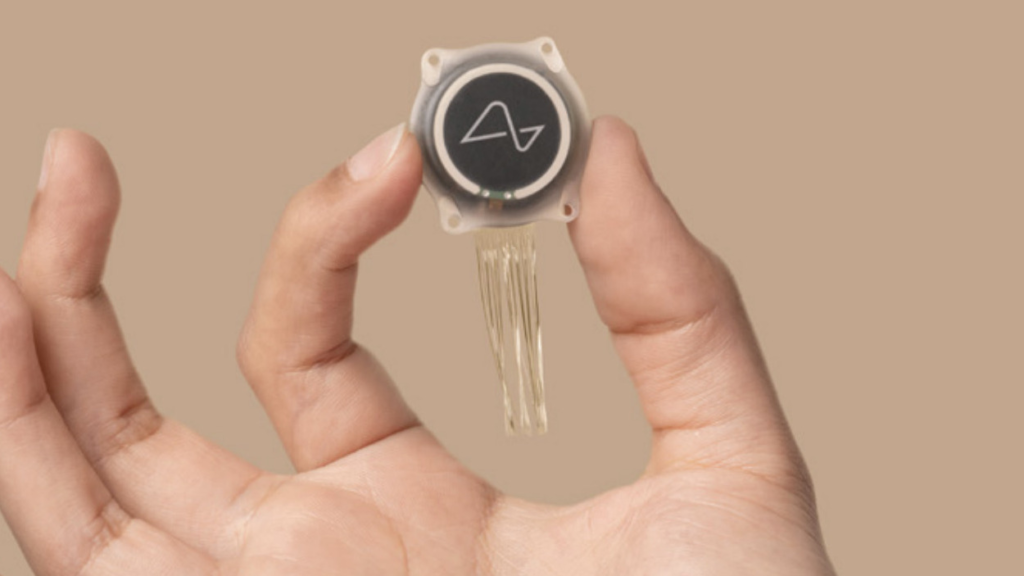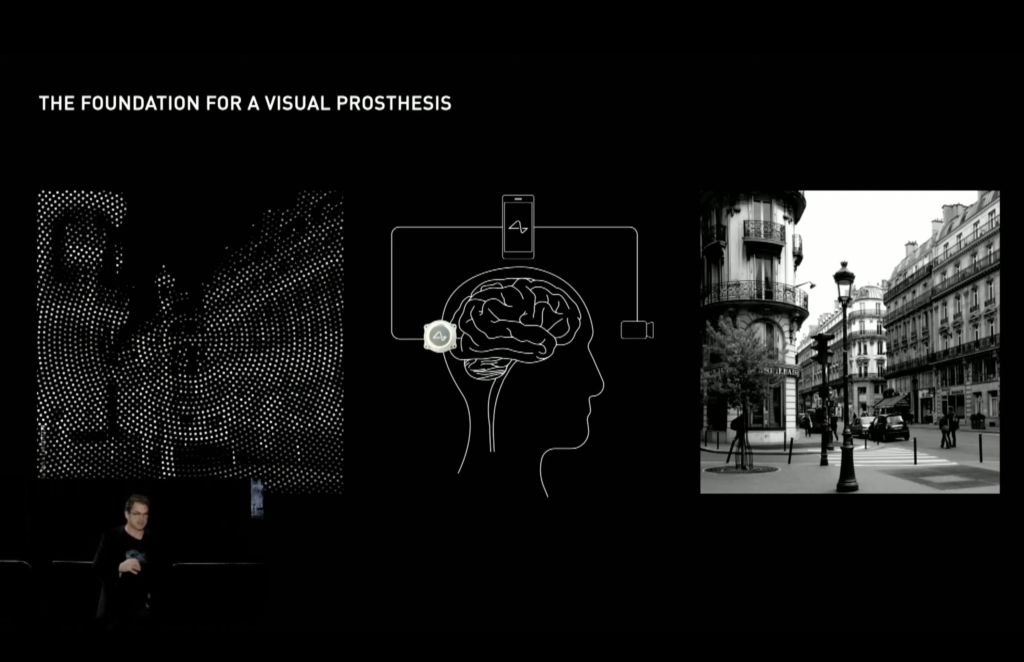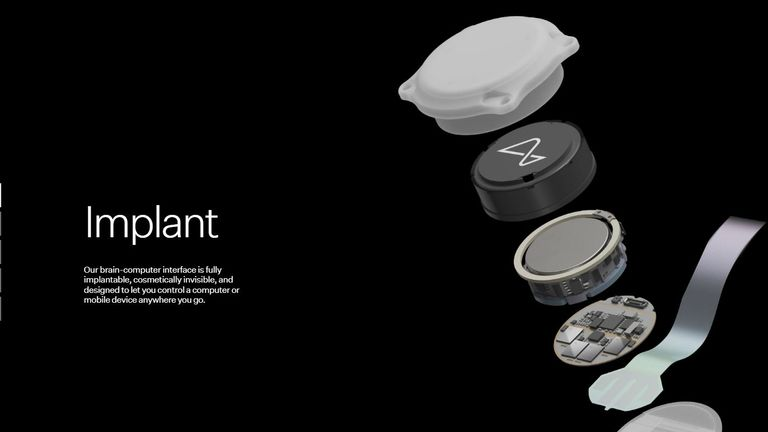
Picture a world where the boundary between mind and machine blurs, where the very act of thinking can command our digital devices. This bold future is not just a figment of science fiction but a tangible reality, thanks to the groundbreaking advancements of Neuralink. With their recent milestone of successfully implanting a brain chip in a human patient, the potential for redefining user experience design is nothing short of revolutionary.
If you are a digital designer, this tech update is definitely worth nerding out on — here’s why.

Mind-to-Machine Communication
Traditional user experience design has long centered around optimizing interfaces for touch, and gesture inputs. Even Rabbit R1, whose aim is to reduce the friction of interacting with our technology, heavily relies on voice as a form of human-computer interaction. However, Neuralink’s brain-computer interfaces promise to bypass these conventional modes of interaction altogether. By enabling direct communication between the human brain and technology, UX designers will need to rethink interface paradigms to accommodate this revolutionary form of input.
Instead of physically typing or speaking commands, users can simply visualize their desired actions, such as composing an email or navigating a website, and the neural interface translates these mental signals into digital commands.

Personalization Redefined
Imagine a user experience that adapts not just to user preferences and behavior but to their very thoughts and emotions. Neuralink opens the door to unparalleled levels of personalization, where devices can intuitively anticipate user needs based on real-time neural data. As UX designers, we must explore innovative ways to harness this newfound potential to create deeply immersive and tailored experiences for users.
How? Let’s imagine this possibility with an example. A music streaming app equipped with Neuralink technology could detect Elon’s mood and preferences based on neural signals, dynamically curating playlists that align with his current emotional state and musical tastes.

Empowering Accessibility
We’re UX designers — we love accessibility.
While traditional accessibility features have made significant strides in improving digital inclusion, Neuralink presents an entirely new frontier for empowering users with disabilities. By providing direct access to digital interfaces through neural signals, individuals with mobility impairments or communication disorders can gain unprecedented autonomy and agency in navigating the digital world. UX designers must prioritize inclusive design principles to ensure that these advancements benefit all users, regardless of their physical or cognitive abilities.
A paralyzed individual with a Neuralink implant could control smart home devices, browse the internet, and communicate with others entirely through their thoughts, enabling them to live more independently and engage with digital technologies on equal footing with able-bodied individuals.

Navigating Ethical Challenges
As with any transformative technology, the advent of brain-computer interfaces raises profound ethical considerations. From safeguarding user privacy to mitigating the risks of potential misuse or manipulation, UX designers must grapple with complex ethical dilemmas in designing neural interface experiences. By incorporating principles of transparency, consent, and user empowerment into interface design, we can uphold ethical standards and foster trust in this emerging technology.
This is a tricky one. Honestly, data privacy is a joke these days. To combat this, in the context of Neuralink, I hope to see a day where social media platforms, that aim to leverage neural interfaces, implement strict privacy controls, allowing users to selectively share neural data and providing clear explanations of how their data will be used to personalize their experience, thus ensuring transparency and user autonomy. Unfortunately, this would either need to be handled by litigation, or by Neuralink directly.

Designing for Trust
Trust will be paramount in this brave new world of brain-computer interfaces. User experience designers must prioritize transparency, consent, and user control to foster trust between humans, machines and businesses. Building interfaces that users feel comfortable entrusting with their thoughts will be essential for widespread adoption. In my opinion, this will be one of the last obstacles for this kind of technology.
Personally, even if the Neuralink project fails, I have no doubt that this technology is the future of humanity. We as designers, are responsible for the wellbeing of our users – and so I’d encourage all of you to take a moment, and think about how this technology could impact, and potentially benefit people. We can be sure of one thing – the way we think about digital design is about to change drastically.
 Neuralink is Almost Here: The Mind-Blowing Future of UX
Neuralink is Almost Here: The Mind-Blowing Future of UX